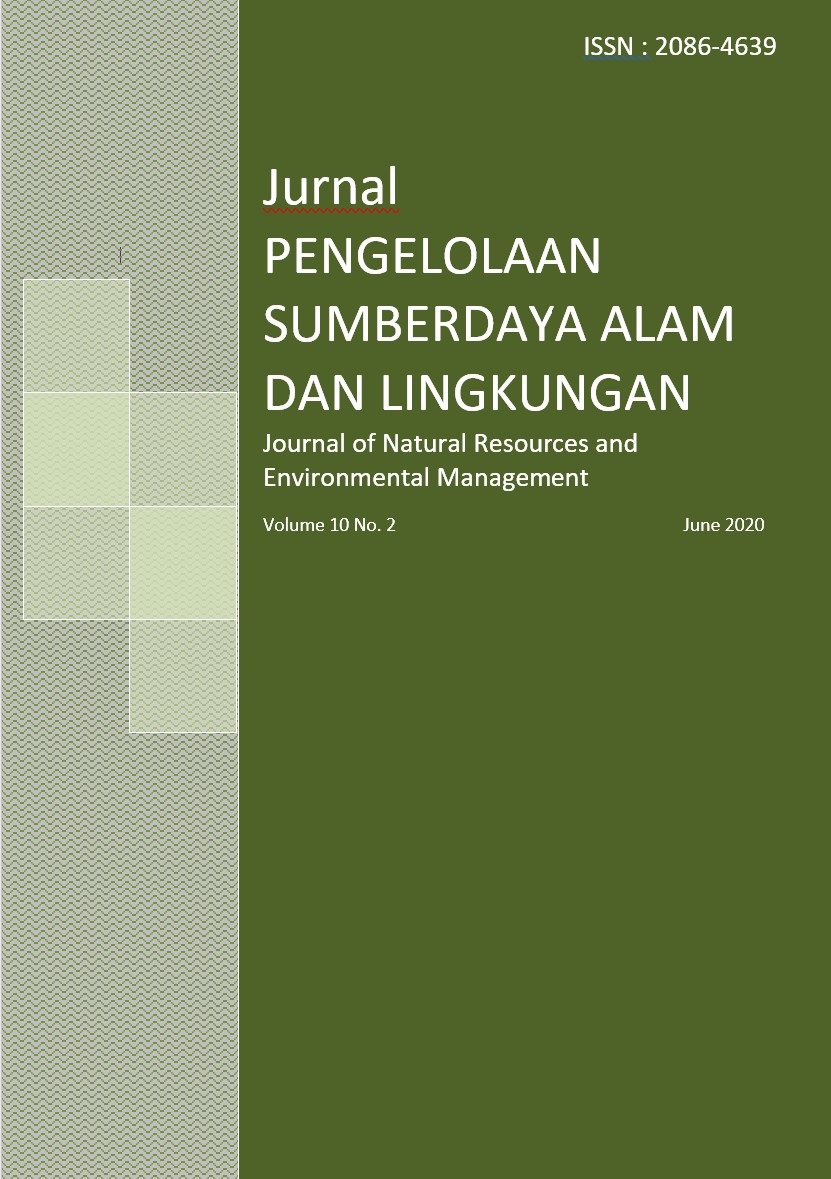Soil Phosphorus Fractions in Top Soil and its Correlation with Some Soil Chemical Properties of Forest and Oil Palm Plantations in Jambi
Abstract
The change from forest to oil palm plantation probably changes the distribution of phosphorus (P) fractions in the soil. This study was aimed to evaluate the soil top layer P fractions, collected in forest and oil palm plantation in Jambi, as well as their correlation with soil chemical properties. Soil samples were collected in top layers of forest and oil palm plantation. Some soil chemical properties and P fractions were analyzed. The P fractions analyze were conducted according to Tiessen and Moir method. The results showed that the moderately labile P fractions namely NaOH-Porganic (-Po ) and -Pinorganic (Pi) were the dominant fraction in forest soil and oil palm plantation as well. The forest had a higher percentage of avaliable P (resin-Pi, NaHCO3-Pi,-Po) and organic moderately labile P (NaOH-Po) compared to those of oil palm plantations in their total fractions analyzed. As for NaOH-Pi, oil palm plantation had higher amount of this fraction compared to that of forest. This means that naturally the change from forest to oil palm plantation changed the P fractions distribution due to the changes of organic carbon (C) content. The correlation test showed that almost all P fractions significantly correlated with organic C indicating that the mineralization of organic C affecting the P fractions distribution, suggested that organic C controlled the P fractions distribution in the top soil of forest and oil palm plantation.
Authors
Authors who publish with this journal agree to the following terms:
- Authors retain copyright and grant the journal right of first publication with the work simultaneously licensed under a Creative Commons Attribution License that allows others to share the work with an acknowledgement of the work's authorship and initial publication in this journal.
- Authors are able to enter into separate, additional contractual arrangements for the non-exclusive distribution of the journal's published version of the work (e.g., post it to an institutional repository or publish it in a book), with an acknowledgement of its initial publication in this journal.
- Authors are permitted and encouraged to post their work online (e.g., in institutional repositories or on their website) prior to and during the submission process, as it can lead to productive exchanges, as well as earlier and greater citation of published work (See The Effect of Open Access).
Article Details
10.29244/jpsl.14.4.875
10.18178/ijesd.2023.14.4.1438






